The tradition of Maslenitsa, or Pancake Week, is deeply rooted in Russian culture, marking the farewell to winter and the joyful anticipation of spring. At the heart of this celebration lies the humble yet symbolic blin—a thin, round pancake that represents the sun. While the toppings and accompaniments often steal the spotlight, the fermentation process of the batter is an art form in itself, passed down through generations and steeped in both science and tradition.
Fermentation is the soul of a perfect blin. Unlike the quick-mix pancakes common in Western kitchens, authentic Russian blini rely on a slow, natural fermentation process that can take anywhere from several hours to a full day. The batter typically combines flour, milk or water, eggs, and a leavening agent—historically, a piece of sourdough starter or a splash of kefir, though modern recipes sometimes use yeast. The magic happens as the microorganisms in the starter or yeast break down the starches and sugars, releasing carbon dioxide and creating the delicate, airy texture that defines a true blin.
The choice of leavening agent is a subject of passionate debate among Russian home cooks. Purists argue that sourdough starter, passed down through families, imparts a unique tang and complexity that yeast cannot replicate. Others prefer the reliability of commercial yeast, which offers a more predictable rise. Kefir, a fermented milk product, is another popular option, especially in regions where dairy plays a central role in cuisine. Each method produces subtle variations in flavor and texture, and the "right" way often depends on family tradition or regional preferences.
Temperature plays a critical role in the fermentation process. In colder regions, where Maslenitsa originates, the batter might be left near a warm stove or wrapped in blankets to encourage fermentation. The slow rise in cooler temperatures is believed to develop deeper flavors, much like a fine sourdough bread. Conversely, in warmer kitchens, the process accelerates, requiring careful monitoring to prevent over-fermentation, which can lead to a sour taste or overly dense pancakes.
Timing is equally crucial. A well-fermented batter will be bubbly and slightly frothy, with a pleasant, yeasty aroma. Under-fermented blini may taste flat and lack the characteristic lightness, while over-fermented batter can become too acidic. Experienced cooks often judge readiness by eye and smell, a skill honed over years of practice. Some even swear by the "spoon test"—dipping a wooden spoon into the batter and observing how the mixture clings or drips to determine the perfect consistency.
The fermentation process is more than just a culinary technique; it’s a cultural ritual. In rural communities, preparing blini for Maslenitsa was often a communal activity, with neighbors sharing starters and techniques. The act of waiting for the batter to ferment mirrored the anticipation of spring’s arrival, a reminder of nature’s cycles and the importance of patience. Even today, many families guard their blin recipes jealously, treating them as heirlooms as precious as any family jewel.
Modern food science has demystified much of the fermentation process, but the emotional connection remains. For Russians, the taste of a perfectly fermented blin evokes memories of childhood, family gatherings, and the joyous chaos of Maslenitsa celebrations. Whether enjoyed with caviar and smetana or simply slathered with butter and honey, each bite is a testament to the enduring power of tradition—and the quiet alchemy of flour, water, and time.

By /May 26, 2025

By /May 26, 2025
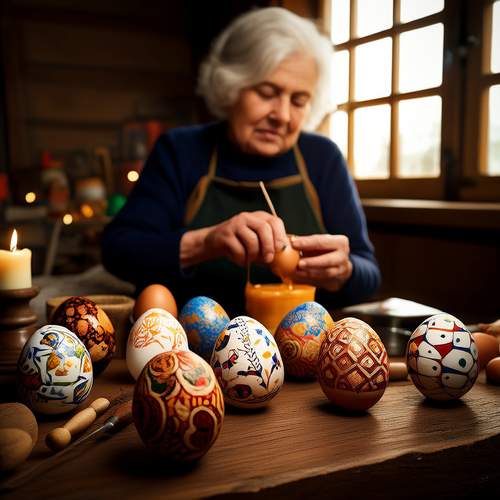
By /May 26, 2025

By /May 26, 2025

By /May 26, 2025
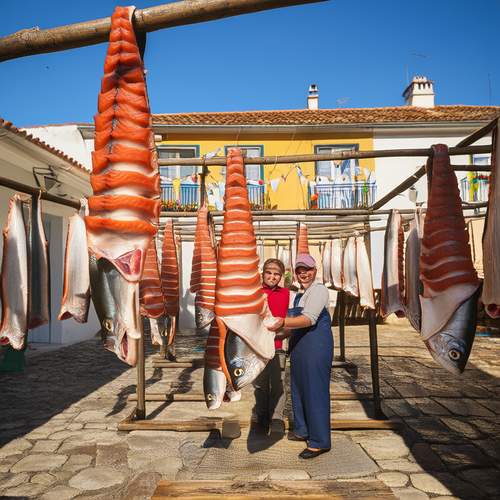
By /May 26, 2025
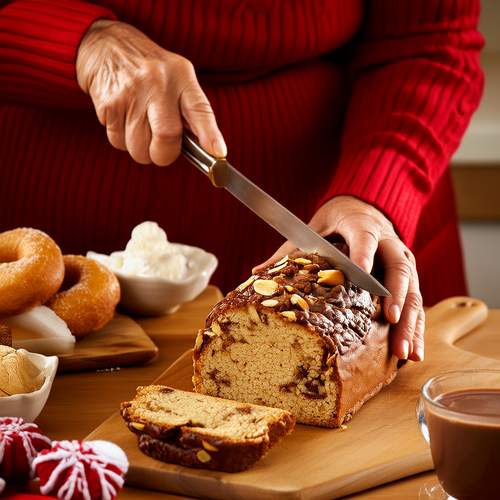
By /May 26, 2025
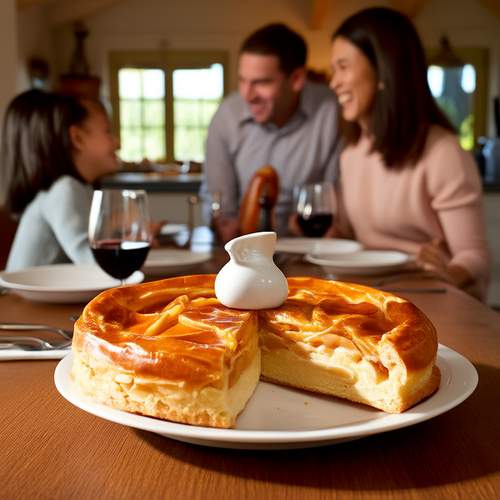
By /May 26, 2025
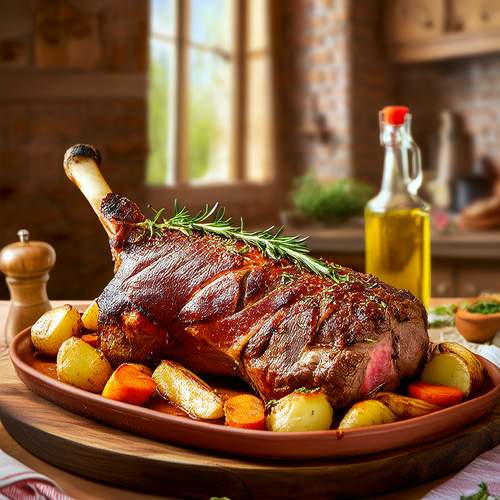
By /May 26, 2025
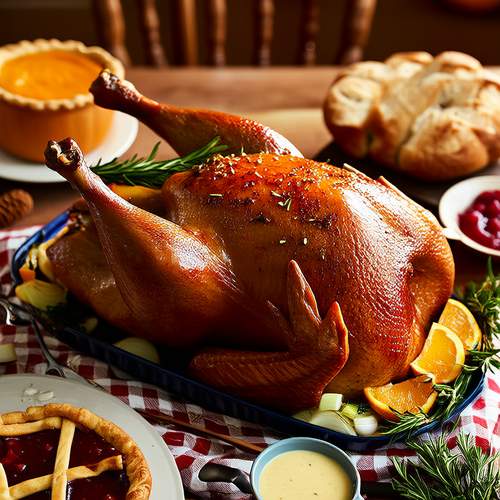
By /May 26, 2025
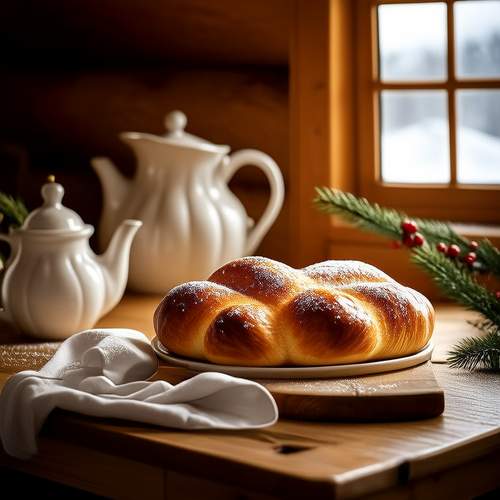
By /May 26, 2025
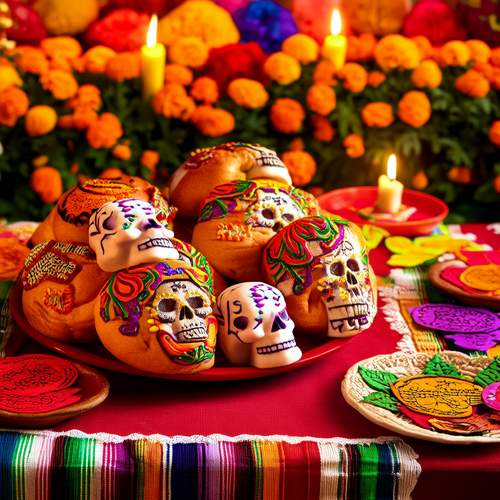
By /May 26, 2025
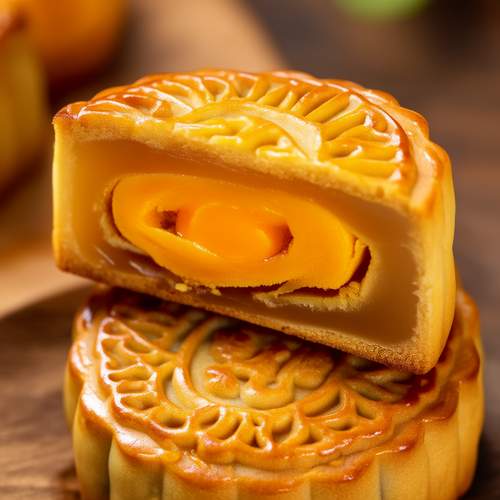
By /May 26, 2025

By /May 26, 2025

By /May 26, 2025
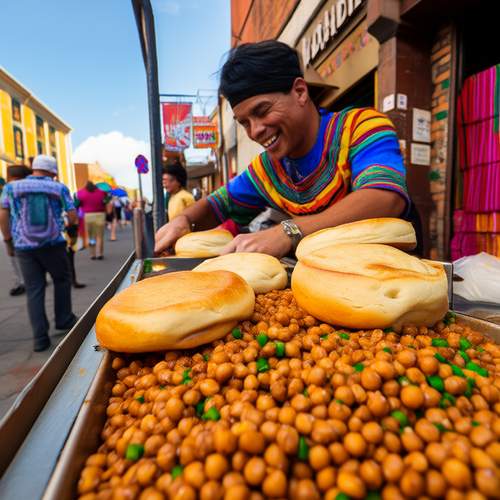
By /May 26, 2025
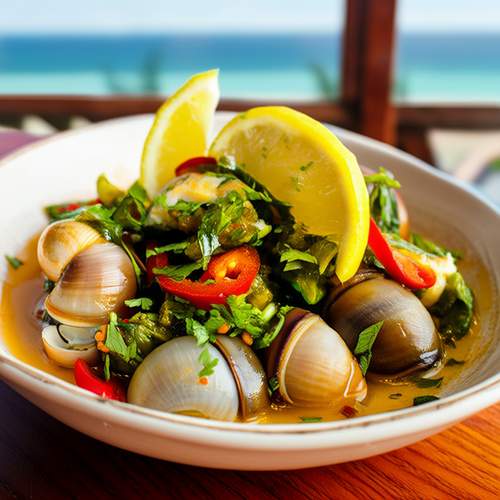
By /May 26, 2025

By /May 26, 2025
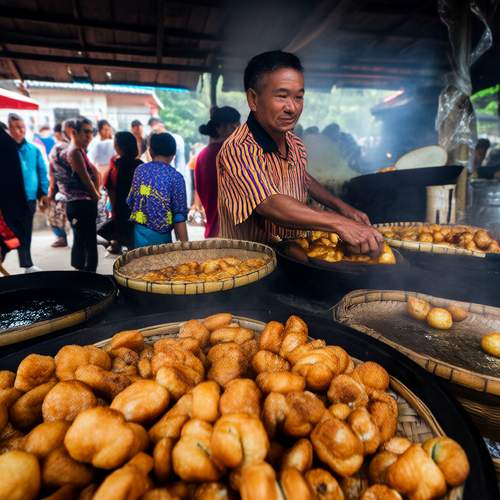
By /May 26, 2025

By /May 26, 2025